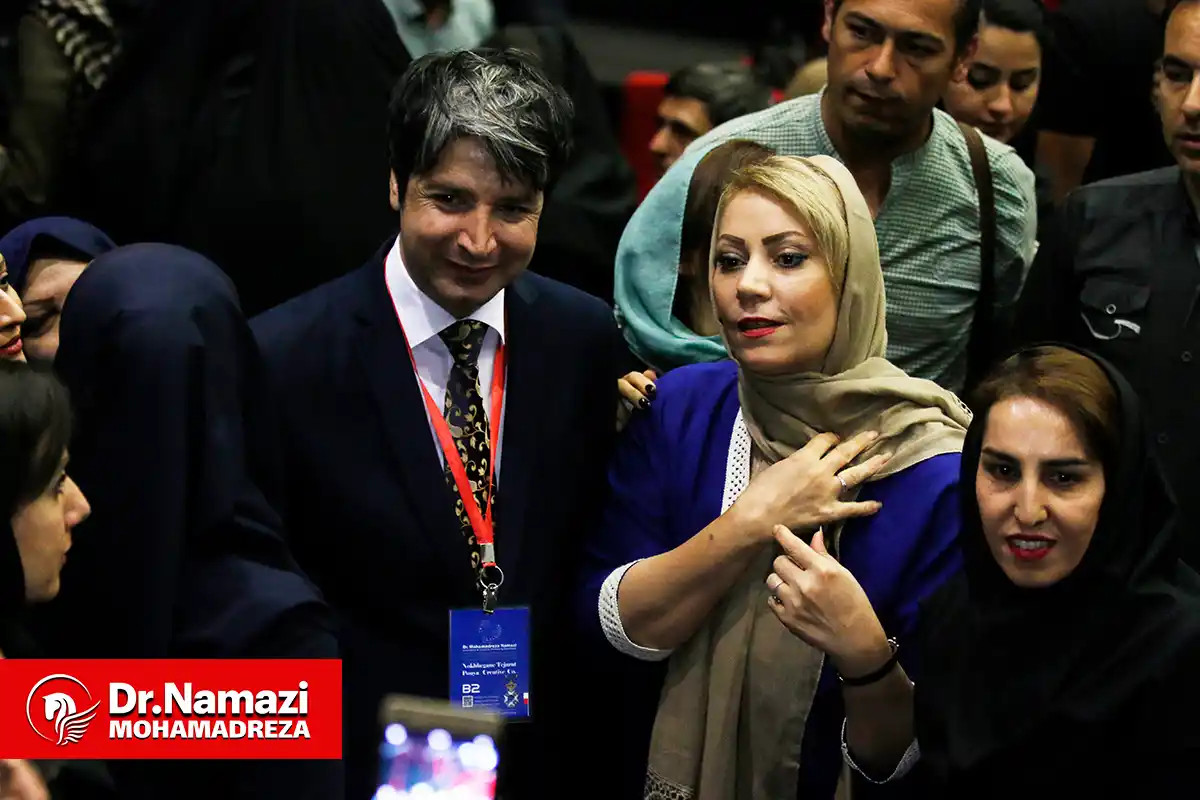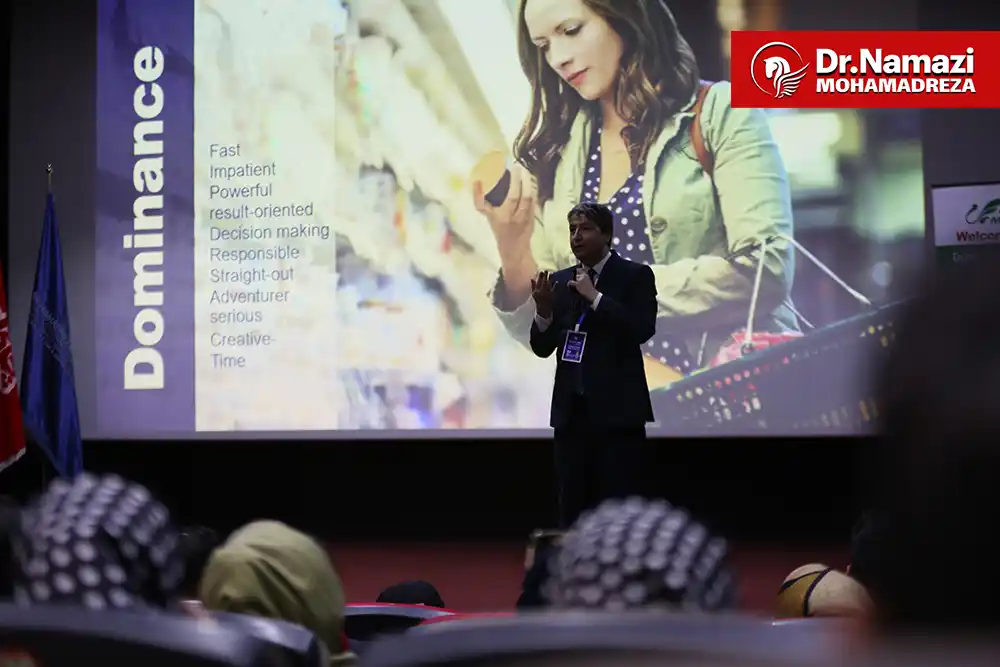Dr Mohamadreza Namazi | Brand Madness|American Liberty University
Dr. Mohammadreza Namazi, an international speaker, has introduced his innovative model on "Brand Madness" after a year and a half of effort; a revolution in creating a deep emotional connection between customers and
brands.

🔹In one of the most advanced studies in the branding field, Dr. Mohammadreza Namazi, an international speaker and researcher, has successfully designed an innovative model titled "Brand Madness." This model can help brands build a distinctive, emotional, and powerful position in the minds and hearts of their audiences in today's saturated and competitive markets.
🔹"Brand Madness" is not just about loyalty or brand preference; it refers to a higher level, where the consumer becomes not just a customer, but a fan, advocate, and even protector of the brand. In this scenario, the brand becomes part of the individual's identity, and people proudly recommend it to others, promote it for free, and even defend it against criticism.
🔹In today's world, where consumers are bombarded with a plethora of messages and similar brands, only those brands that can create a deep and meaningful emotional connection with their audience will endure. The "Brand Madness" model is specifically designed based on this need and provides scientific solutions to help brands create such a connection.
🔹This scientific project uses a mixed-method research approach. In the qualitative section, grounded theory and the Strauss and Corbin framework were used to extract key concepts. In this part, in-depth interviews with experts and managers of renowned brands, as well as document and resource analysis, were conducted to extract the emotional and behavioral characteristics of consumers toward different brands.
🔹In the quantitative phase, random sampling was used for data collection, and Cochran’s formula was applied to determine the sample size, precisely calculating the necessary sample size for statistical analysis. This research was conducted on Apple brand customers. Apple, as one of the leading brands in the world, was studied to examine the complex and emotional relationships between the brand and its consumers. Structural Equation Modeling (SEM) and the DEMATEL method were used to analyze the data and simulate causal relationships between different variables.
🔹Structural Equation Modeling (SEM) is an advanced method for analyzing complex and causal relationships between observed variables and latent variables. In this research, SEM was used to analyze the relationships between Brand Madness and consumer emotions toward the Apple brand. The latent variables in this model were the subjective and emotional characteristics of consumers toward the brand, such as "brand trust" or "brand popularity," which are not directly measurable. This method helped examine direct and indirect relationships between various variables and assess model fit through various indices like CFI and RMSEA.
🔹Additionally, DEMATEL was used in this research to analyze causal relationships and determine the direct and indirect impacts between brand features and "Brand Madness." In this method, the complex relationships between brand variables (such as quality, innovation, and brand identity) and Brand Madness were simulated. DEMATEL analyzes the impact matrix to determine the direct and indirect effects of variables and helps identify which features have the greatest impact on creating Brand Madness in consumers' minds.
🔹Furthermore, in the model validity assessment, both convergent and discriminant validity were carefully examined. Convergent validity means that the indicators and variables in the model accurately and consistently align with each other, while discriminant validity ensures that there are meaningful differences between the model’s variables. These assessments help ensure that the model is of high validity and the results are reliable.
🔹For assessing model reliability, common reliability tests such as Cronbach’s alpha were used to evaluate the stability and repeatability of results across different measurements. The reliability tests showed high consistency and accuracy of the data, further enhancing the credibility of the research.
🔹Finally, to assess model fit, various fit indices such as CFI, TLI, and RMSEA were used, all indicating a proper model fit and good alignment with real-world data.
🔹To analyze the complex relationships between variables and determine their impacts, the MicMac analysis was also used. This helped simulate the causal structure and more intricate relationships between model variables, providing insights into their indirect effects on Brand Madness. MicMac analysis is particularly useful in complex studies with multifaceted relationships.
🔹In this study, KMO (Kaiser-Meyer-Olkin) and Bartlett's test were also used to assess the adequacy of the sample for factor analysis and confirm the meaningful correlation between variables. Moreover, Fornell and Larker's method was employed to assess discriminant validity, helping ensure the distinction between components and avoiding overlap.
🔹Advanced software tools such as SPSS were used for data analysis, Maxqda for qualitative data coding, and Smart PLS for Structural Equation Modeling (SEM). These tools allowed for more accurate and efficient data analysis, supporting the reliability of the study's results.
🔹Dr. Mohammadreza Namazi, with over 25 years of international experience in speaking, teaching, and consulting, has designed this model with a practical approach. He believes: "In today's world, only those brands stand out that people passionately want, take pride in, and are willing to talk about. Brand Madness is the key to achieving this level of influence."
🔗To learn more about Dr. Mohammadreza Namazi, visit his website at:
www.drnamazi.com




